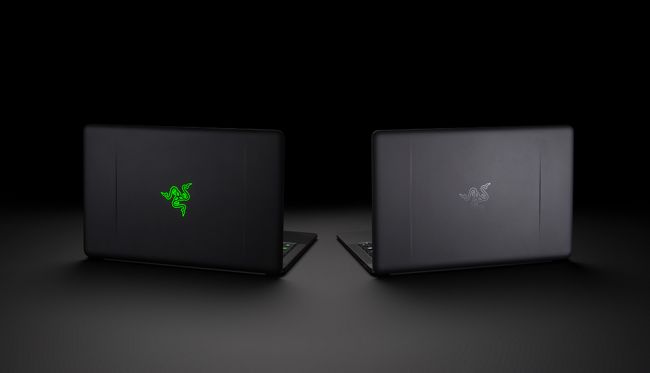Razer has truly gone and sharpened its Blade Stealth gambling laptop with a few key improvements, not minimal which is a larger 13.3-in . panel squeezed in to the same chassis as the 12.5-in . version. What Razer essentially does was eliminate a few of the bezel (it’s 50 percent thin than before) to make space for a more substantial display.
The expense of doing this is two-fold. First, the improved Razer Blade weighs about marginally more before–2.93 pounds versus 2.84 pounds. And subsequently, the literal cost is higher with a starting price of $1,400 for a burly model comprising touchscreen screen, Intel Key i7-7500U cpu clocked at 2.7GHz, 16GB of Ram memory, and 256GB SSD. Razer will continue steadily to sell the 12.5-inches model with a starting price of $900, but with a Core-i55 processor paired with a 128GB PCIe SSD and non-touch 12.5-inches panel.
Razer’s 13.3-in . Blade Stealth includes a single display option, that as an IGZO touch panel with a 3200×1800 resolution. It really is a high-quality screen that offers completely coverage of the sRGB color space, 400 nits lighting, and wide browsing angles as high as 178 degrees.
The other big change is to looks. With all the 13.3-in . Blade Stealth, Razer is currently supplying a “gunmetal gray” variant with a tone-on-tone Razer logo and white backlit keyboard. Unlike the dark-colored color option, which continues to be available, Razer’s company logo is not lighted on the cover.
The rest about the Cutter Stealth is almost the same, it just comes right down to whether you want to save lots of a few money on the lower-end 12.5-inches configuration or fork out for an upgraded 13.3-in . model.
You can even add an exterior graphics field (Razer Primary) to the Cutter Stealth. The package exclusively costs $500 and includes a 500W power, GbE LAN dock, and a Thunderbolt 3 slot allowing you to connect to the Edge Stealth. It really is appropriate for several dual-slot design credit cards from both AMD and Nvidia. Reuters



